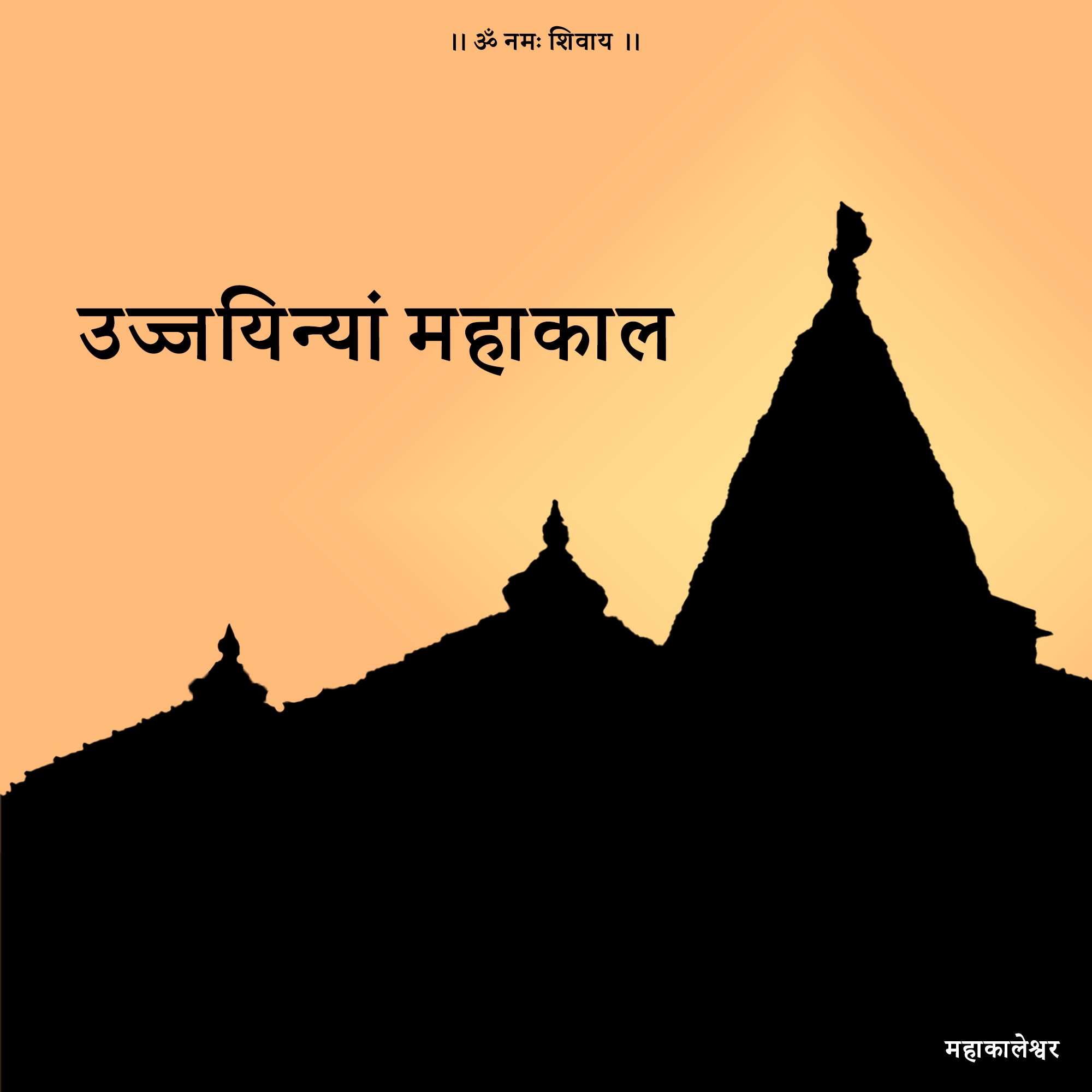In Ujjain, Madhya Pradesh, India, there is a well-known and highly loved Hindu temple devoted to Lord Shiva called Mahakaleshwar Jyotirlinga Temple. It is one of the twelve Jyotirlingas, which are revered as Lord Shiva’s holiest residences. The Mahakaleshwar Jyotirlinga Temple is described in the following principal and details
Mahakaleshwar Jyotirlinga Temple Location
The Mahakaleshwar Temple is found in the historic city of Ujjain, Madhya Pradesh, on the banks of the Shipra River.
Lord Mahakaleshwar, a manifestation of Lord Shiva, is the principal deity of the Mahakaleshwar Temple. The temple contains a jyotirlinga, a self-manifested lingam (icon) that represents Lord Shiva’s cosmic and limitless nature.
The Mahakaleshwar Lingam is special because it is thought to be Swayambhu, which means it has taken on human form. The temple is highly respected by Shiva worshipers since it is connected to numerous myths and miracles.
Table of Contents
History and Legend
The history of the temple extends back to antiquity and is linked to numerous religious writings and tales. The Puranas and other Hindu scriptures make reference to it. The mythology claims that Lord Mahakaleshwar appeared in Ujjain to defeat the monster Dushana.
Rajput and Maratha architectural styles are combined in the construction of the temple. There are numerous shrines, spires, and courtyards within the temple complex. There are beautiful carvings and sculptures all over the central shrine, which houses the lingam.
At the Mahakaleshwar temple, the Bhasma Aarti, also known as the Maha Aarti, is a magnificent and mesmerizing ceremony. It is a focal point for devotees to exhibit their steadfast commitment and happens every morning and evening. Throughout the entire event, all participants are utterly focused on Lord Shiva in an elaborate and captivating display of devotion. “Om Namah Shivaya” reverberates throughout the Aarti, fostering a sense of togetherness and spirituality that is beyond space and time.
Simhastha Kumbh Mela is a significant Hindu religious and cultural occasion that takes place every twelve years, is held in four towns, with Ujjain being one of them. In this occasion, the Mahakaleshwar Temple is important.
The temple performs a number of daily rituals, including as the Bhasma Aarti, which is regarded extremely auspicious by devotees and involves applying sacred ash to the deity.
Mondays in Shravan are particularly favorable for worshiping Lord Shiva, hence throughout this month (July to August), a large number of devotees come to offer prayers to Lord Mahakaleshwar.
if you are really intrested in this type of blog and make your own blog then click here.
Festivals and Visitation
Mahakaleshwar Temple is a popular Hindu pilgrimage site that draws visitors from all across India and abroad. Numerous holidays and celebrations are held at the temple, notably the fervently observed Maha Shivaratri.
Devotees are welcome to enter the temple, where they can take part in rituals, darshans (deity viewings), and aartis. The practices and rules of the shrine should be observed by visitors.
There are numerous temples, ghats (stairs that lead to the river), and historical places to explore in the city of Ujjain itself, which has a rich history and cultural legacy.
The Mahakaleshwar Temple Management Committee is in charge of the administration and management of the temple.
So, if you’re ever seeking an experience that combines history, spirituality, and unwavering focus, Mahakaleshwar Jyotirlinga in Ujjain is a destination that should be at the top of your list.
The Mahakaleshwar Temple is one of the twelve principal Jyotirlingas, or places of great religious significance dedicated to Lord Shiva. It is said that Lord Shiva manifested himself in these Jyotirlingas.
The Mahakaleshwar Temple is a storehouse of spirituality, culture, and history in addition to being a site of prayer. It continues to draw followers of Lord Shiva from across the nation and abroad by providing them with a hallowed area for prayer, meditation, and devotion. The temple honors Ujjain’s rich religious and architectural legacy while serving as a symbol of devotion.
Also read about Somnath Jyotirlinga Temple.
